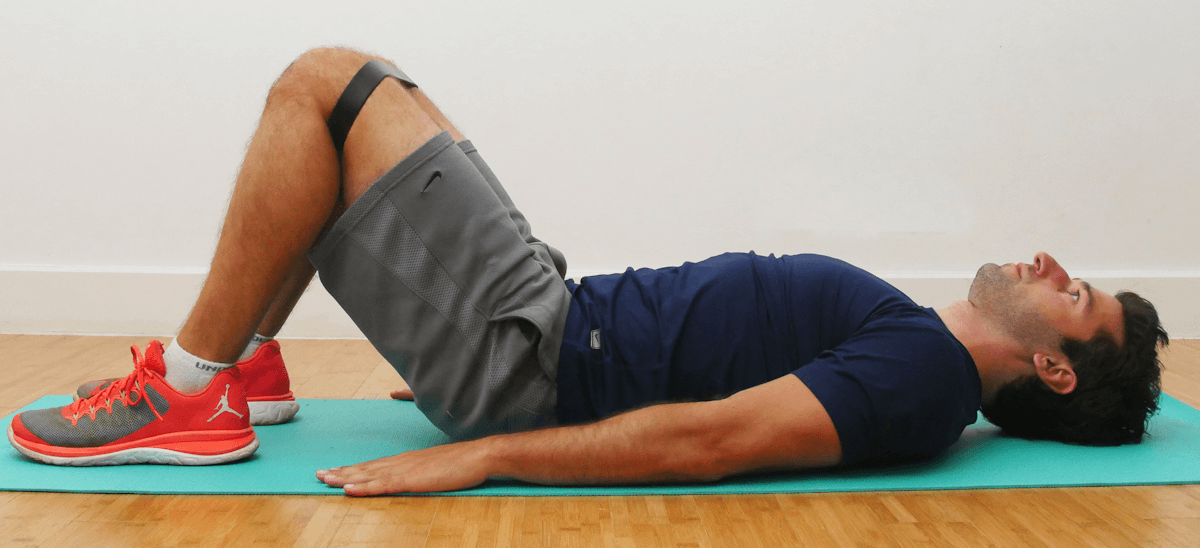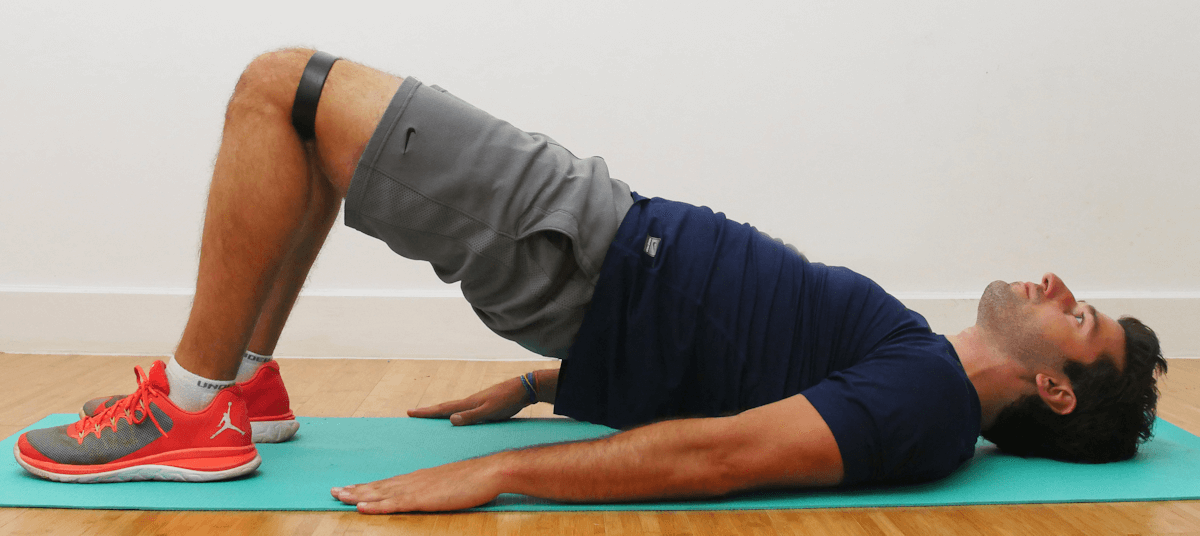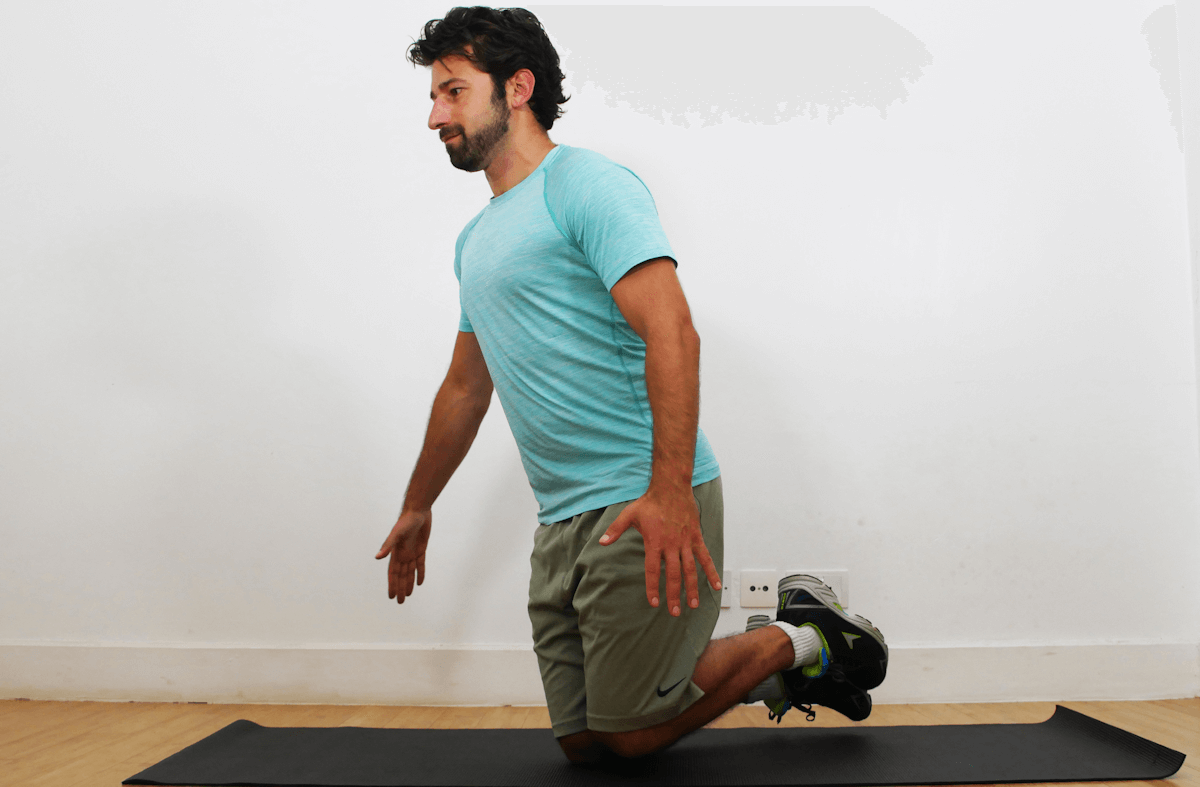It might be your neighbor or a co-worker, your spouse or your nephew, but chances are you know someone who describes themselves as a "runner." Thanks to its accessibility, running is one of the most popular forms of exercise. While running can do lots of great things for your body and mental state, though, it can also be tough on your body.
"Running can introduce between three to 10 times the athlete's bodyweight in force through the lower extremity," says Taylor Weglicki, Ph.D., a physical therapist and coach with Complete Human Performance. If your running form is bad, your body's movement patterns or your posture are dysfunctional, Weglicki says, "you can see how that could become a problem."
Poor posture patterns can affect every function your body performs each day and, experts say, is a major contributor to chronic aches and pains. Statistics from the Centers for Disease Control and Prevention and the National Center for Health Statistics showed that knee and low back pain affect 19.5 and 28.1 percent of Americans, respectively.
When you run—and put that triple force into the ground over and over—postural problems can exacerbate pain and lead to injury. And even if they don't result in pain or injury, other postural issues can decrease your performance by requiring more energy or negatively affecting your breathing. These five postural issues are some of the most common suffered by runners. Here's how to find out if they're affecting you—and how you can help fix them.
But first, remember: Pain is a stop sign. These exercises can help with postural issues, but if you're experiencing pain when you run, consult your doctor.
Posture Issue: Forward Head
What it is: A forward protrusion of the head at rest, often paired with "thoracic kyphosis," a condition where your shoulders are rolled forward. In proper alignment, a standing person viewed from the side should show a straight line down from their ear through the shoulder and arm to the waist.
When someone has a forward head posture, the ear (and thus the head) will jut forward, so the head is no longer in line with the shoulder and spine. Not only is it not an attractive posture, forward head can cause neck strain, back pain, can affect your balance, and, for runners, it can "negatively affect breathing capacity and efficiency," Weglicki says.
For many, forward head is caused by the activities of daily life—sitting hunched over in a chair to watch TV or work on a computer all day is a constant practice that encourages rolled shoulders and a forward head.
"For those who work on computers, making sure the monitor is in line with the top of your head will help prevent the athlete from straining forward—and encouraging forward head—as they try to read text up on the screen," says Weglicki.
Do I have it?: Probably! Besides being caused by office work and poor sitting posture, smart phone usage has caused reports of "text neck," where hunching over the phone has increased this posture. But if you're not sure, stand up straight and ask someone to take a photo of your side view. See if you've got a straight line from your ear down through your shoulder to your waist. If your head is forward, you've got forward head.
What can I do?: For starters, work on how you sit. Experts in ergonomics and posture recommend sitting with your hips even with or above your knees, and Weglicki suggests making sure the screen is in line with the top of your head. While seated, occasionally put your attention on your posture: "I recommend folks focus on placing the shoulder blades in the back pockets," he says, pulling the shoulder blades slightly together and down towards the butt. "This scapular setting will encourage a more midline positioning of the head and cervical spine, which can help reduce strain."
He also suggests a simple breathing technique exercise. To do it, lay flat on your back with a pillow or basketball/soccer ball squeezed between your knees. Maintain tension on the ball and try to breathe with inhales and exhales of three seconds each.
"Focus on drawing breath in and towards your feet each inhale," he says. "You'll often see rib cage elevation, or lumbar extension as compensation, but with focus on technique and cuing yourself to relax, the breathing will normalize."
 <pagebreak> <pagebreak>
Posture Issue: Rounded Spine and Hunched Shoulders
What it is: This is "thoracic kyphosis," which can be caused by osteoporosis, cancer and other things, but like forward head, is often caused by sitting too much while hunched over.
A rounded spine like this is both caused by and results in weakened rhomboids and mid-trapezius muscles in the shoulders and mid-back, says Sarah Feilders, a flexibility coach and expert in Montreal who shares weekly stretch-along videos on her site. For runners, this hunched posture, as with a forward head, can result in less efficient breathing.
Kyphosis can also cause shoulder pain: Because of weakness in the thoracic back muscles, the shoulder blade can't flatten against the spine. This means the shoulder doesn't move around in the right "slot," which can cause pain and injury to the rotator cuff as you power through your run.
Do I have it?: Not sure if your shoulders are rounded? Look in the mirror and stand normally. If the tops of your hands are facing forward, in a caveman "knuckle-dragger" posture, it's the result of forward rolling of the shoulders.
What can I do?: Feilders suggests performing a basic prone back extension. To do it, lie facedown with your arms at your sides, palms facing in. Keeping your legs on the floor, use the muscles of your back to lift your head and chest off the floor, keeping your head in line with your spine. Hold for a few seconds, and return to the floor. Repeat.

Posture Issue: Internally Rotated Hip
What it is: When your hip is internally rotated, one of your legs is basically twisted at the femur, says Aaron Brooks, a biomechanics expert and the owner of Perfect Postures in Massachusetts.
"With one hip internally rotated, the lower leg will swing around to achieve ground clearance, [and] the hip will internally rotate even further upon ground contact," he says. This can cause an excessive pronation, or inward roll of the foot and ankle, which can flatten your arches and cause injury due to an inability to properly distribute the shock of landing. An internally rotated hip can also cause valgus stress on the knee, Brooks says—when you're knock-kneed, that's valgus stress, which puts the runner at risk for ACL and patella injuries, among other things.
Do I have it?: If you don't notice yourself having a knock-kneed landing when you run, you can check in the mirror. "Look to see if the knee cap is pointing inward, where it should be pointing straight ahead," Brooks says. "Also, see if one foot toes out more than the other […] if you notice one foot toed out, try standing with the foot straight and then look at the knee cap to see if it is pointing inward."
If it is, you probably have an internally rotated hip, he says. You may also notice on this leg that "because of the internal rotation, there will typically be excessive pronation of the foot and ankle partly due to the foot toe-out in conjunction with the internal hip."
What can I do?: Brooks recommends two exercises that can help. The first is a prone ankle squeeze. Lie on your stomach, palms down and chin resting on the hands. Place a pillow between your ankles. Bend your knees to a 90-degree angle, still holding the pillow between your ankles. In this position, squeeze and release the pillow using only the ankles. You should feel a contraction in the buttocks. If not, widen your knees slightly. Remember to focus on the ankles and not the buttocks as you squeeze the pillow. Perform three sets of 20 squeezes.
Next, try a strapped-knee rocking chair. Begin by placing a strap or belt around your legs just above the knees. You want it taut when your legs are hip-width apart. Lie on your back and relax the arms out to the sides with the palms to the ceiling. Place your feet on the floor with your knees bent. Press the knees out against the strap, keeping constant pressure on the strap throughout the exercise. Maintaining this position, roll the feet back onto the heels and forward onto the toes, applying constant pressure outward against the strap with the knees. If your feet slide away from your body, reset them and continue. Perform two sets of 10 forward-and-back repetitions.<pagebreak>
Posture Issue: Leg Length Disparity
What it is: In short, when one leg is longer than the other. This isn't your fault, but it can make running more hazardous for your joints, according to Brooks.
"[As you run,] you would peg off the longer leg, and then land harder on the shorter leg. This causes too much stress on the joints up the kinetic chain because the body has to absorb the forces being displaced into the ground," he says. Landing harder on that short leg can cause impact up the body that results in pain or dysfunction in the knee, hip, back and even shoulders and neck.
When you're running, "you would see a subtle limp," Brooks says. "On the longer leg you may see the hip shift laterally at mid-stance or see the torso lean toward one side at heel strike through mid-stance."
Do I have it?: Take a look in the mirror, Brooks says. Look to see if one pant leg looks longer than the other, or if your belt line is parallel to the floor.
What can I do?: You probably can't "fix" this disparity, but there are exercises you can do to reduce the pegging and short leg shocks by dealing with the elevation of your pelvis. Brooks recommends trying two exercises, which can be done with your lower legs elevated on a couch or box. Try them daily.
The first is a neutral pillow squeeze with neutral back. To do it, lie on your back with the knees at a 90-degree angle on a block or chair. Keep your hips square on the floor. Place a pillow between your knees and, using the inner thighs, squeeze and release the pillow. Use both knees evenly. Perform three sets of 20 repetitions.
Next, try knee presses in the same position. Lie on your back with knees bent to 90 degrees on a block or chair. Your knees should be together and feet a little wider than hip-width apart. Tie a belt around your thighs. Press the knees out to the sides and relax, trying to spread the knees apart. Perform three sets of 20 repetitions.
Posture Issue: Trendelenburg of the Hip (or Hip Drop)
What it is: When running and landing on one leg, "the unweighted hip drops significantly lower than the stance hip," says Weglicki. So, when you're landing on the right leg, your left hip winds up dropping below the line of the right hip, as seen in this slow-motion video. Weglicki says this can be caused by weakness in the glutes, compensation by the hip adductors to provide stability "and poor overall lumbopelvic dissociation," he says. For runners, this can result in pain from iliotibial band syndrome, as well as low-back pain.
Do I have it?: Unless you're significantly weak, it's difficult to tell when you're just standing, Weglicki says. "Often you have to film the individual walking or running to get a better idea of what is happening," he says. Grab your phone and ask a friend to film you running away, preferably in slow motion. If your hip acts as seen in the video above, you may have weak glutes.
What can I do?: Strengthen that booty! Try a glute bridge with a strap to start. Wrap a mini exercise band or a belt around your legs just above the knees. Lie face-up on a mat with your knees bent and feet flat on the floor. Place your arms at your sides, palms up. Keeping your feet flat on the floor, squeeze your glutes to raise your hips off the floor until your body forms a straight line from your knees to your shoulders. As you're lifting, the band above your knees will try to pull your knees together; fight to keep them apart so that your thighs stay parallel. This will engage your hip musculature. Pause for a second at the top of the exercise, and then slowly return to the start position. Note: As you're raising up, don't let your heels come off the floor. Repeat for three sets of five to eight reps.


Even more important than strengthening the buttocks, though, is "encouraging the coordination of musculature in the area," Weglicki says, so that your butt works with your hips and adductors correctly. To encourage this, Weglicki suggests an exercise where you "kneel on one knee like you're trying to kneel on a tightrope. Do your best to hold the position upright without loss of balance, with a goal of maintaining the position one to two minutes without loss of balance."
This can also act as a sort of test for hip drop: "Compare each side to see which is worse, and note if the weaker side correlates with the side that is having more pain."

If you've been bitten by the running bug, there's nothing worse than letting bad form put you on the sidelines. Work to incorporate these moves into your strength-training routine to ensure that you continue hitting that finish line for years to come.
|

 <
<





.jpg)




.png)